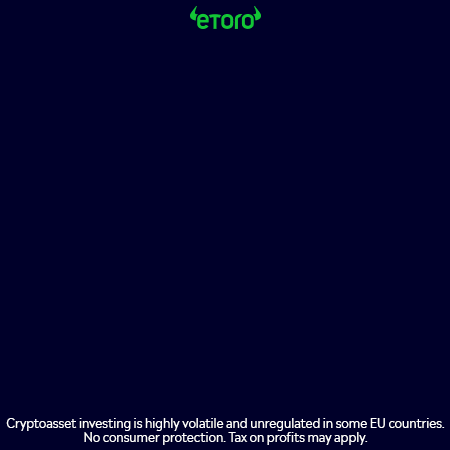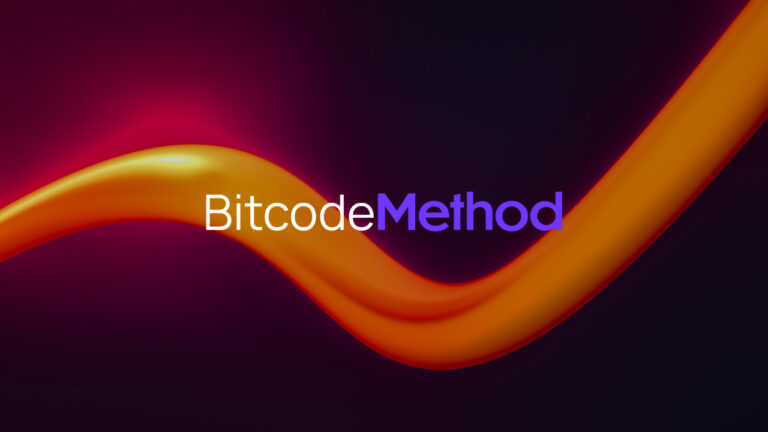Six broad categories were used to analyze the technical aspects of the 18 CBDC design options: participants, governance and security; transactions, data, and adjustments.
As directed in this regard by Joe Biden the Office of Science and Technology Policy submitted a report analyzing design options for 18 central banks digital currencies (CBDC), systems that could be implemented in the United States.
The technical analysis for the 18 CBDC design options was done across six broad categories: participants, governance and security, transactions, data, and adjustments. The OSTP anticipates technical complexities as well as practical limitations in building a permissionless system governed solely by a central bank.
The technology behind a CBDC will improve over time
“It is possible for the technology that underpins a permissionless approach to improve over time. This might make it more appropriate to be used in a CBDC program.” The analysis assumes that there is a central authority, and that a CBDC system has been authorized.
The OSTP report helped policymakers to decide the best US CBDC system. It highlighted the implications for including third parties in two design options under the ‘participants” category — interoperability and transport layer.
The report considered governance factors such as access tiering and identity privacy, remediation, and permissioning.
Offline transaction programmability
Other important considerations OSTP asks policymakers to think about include cryptography (for security), transaction privacy and transaction programmability offline (for transactions), data model history and data fungibility (for data), holding limits and adjustments on balances and transactions (for transactions).
Technical evaluations for the US CBDC system revealed that the report favors an off-ledger, hardware protected system. The report will highlight the trade-offs made by policymakers when finalizing design decisions for the US CBDC.
The OSTP recommended regulation and monitoring on Sept. 8. It also weighed the energy and environmental impact of crypto assets in America.
The OSTP report related to crypto assets highlighted that they consume approximately 50 billion kilowatt hours of energy per annum in the U.S.A, which is 38% of global total.
Noting that direct comparisons can be complicated, Visa MasterCard and American Express combined used less than 1% electricity that Bitcoin or Ethereum used the same year despite processing many more on-chain transactions and supporting larger corporate operations.
Further, the report noted that proof of work (PoW), staking crypto assets was consuming a lot of energy.










